
Alexander Graham Bell was a Scottish-born Canadian-American inventor, scientist and engineer who is credited with patenting the first practical telephone. He also co-founded the American Telephone and Telegraph Company (AT&T) in 1885.
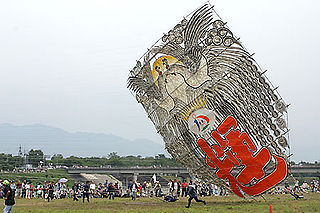
A kite is a tethered heavier-than-air or lighter-than-air craft with wing surfaces that react against the air to create lift and drag forces. A kite consists of wings, tethers and anchors. Kites often have a bridle and tail to guide the face of the kite so the wind can lift it. Some kite designs do not need a bridle; box kites can have a single attachment point. A kite may have fixed or moving anchors that can balance the kite. The name is derived from the kite, the hovering bird of prey.

A fixed-wing aircraft is a heavier-than-air flying machine, such as an airplane, which is capable of flight using aerodynamic lift. Fixed-wing aircraft are distinct from rotary-wing aircraft, and ornithopters. The wings of a fixed-wing aircraft are not necessarily rigid; kites, hang gliders, variable-sweep wing aircraft, and airplanes that use wing morphing are all classified as fixed wing.

The photophone is a telecommunications device that allows transmission of speech on a beam of light. It was invented jointly by Alexander Graham Bell and his assistant Charles Sumner Tainter on February 19, 1880, at Bell's laboratory at 1325 L Street in Washington, D.C. Both were later to become full associates in the Volta Laboratory Association, created and financed by Bell.

The history of aviation extends for more than 2000 years, from the earliest forms of aviation such as kites and attempts at tower jumping to supersonic and hypersonic flight by powered, heavier-than-air jets.
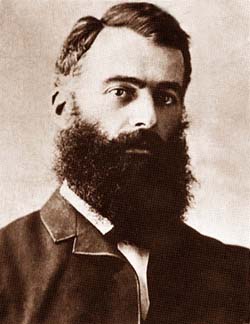
Lawrence Hargrave, MRAeS, was an Australian engineer, explorer, astronomer, inventor and aeronautical pioneer.
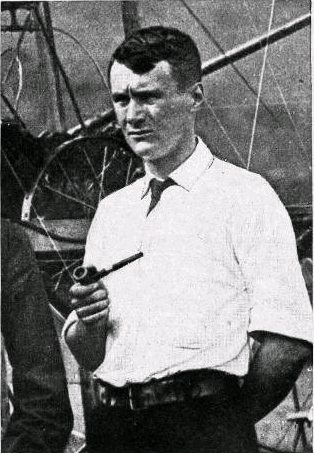
Thomas Etholen Selfridge was a first lieutenant in the U.S. Army and the first person to die in an airplane crash. He was also the first active-duty member of the U.S. military to die in a crash while on duty. He was killed while seated as a passenger in a Wright Flyer, on a demonstration flight piloted by Orville Wright.
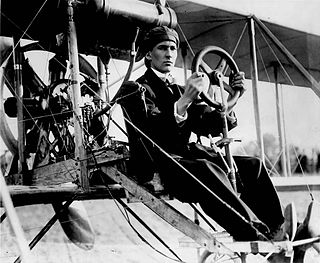
The Aerial Experiment Association (AEA) was a Canadian-American aeronautical research group formed on 30 September 1907, under the leadership of Dr. Alexander Graham Bell.

In architecture and structural engineering, a space frame or space structure is a rigid, lightweight, truss-like structure constructed from interlocking struts in a geometric pattern. Space frames can be used to span large areas with few interior supports. Like the truss, a space frame is strong because of the inherent rigidity of the triangle; flexing loads are transmitted as tension and compression loads along the length of each strut.
This is a list of aviation-related events from 1905:

The Cygnet was an extremely unorthodox early Canadian aircraft, with a wall-like "wing" made up of 3,393 tetrahedral cells. It was a powered version of the Cygnet tetrahedral kite designed by Dr Alexander Graham Bell in 1907 and built by the newly founded Aerial Experiment Association.

Early flying machines include all forms of aircraft studied or constructed before the development of the modern aeroplane by 1910. The story of modern flight begins more than a century before the first successful manned aeroplane, and the earliest aircraft thousands of years before.
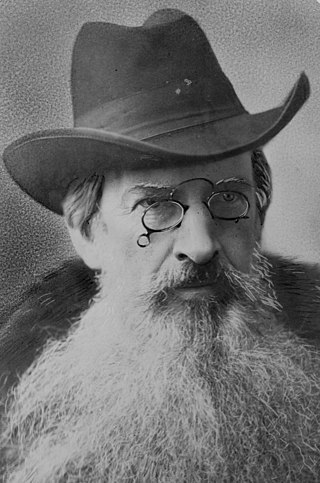
Gardiner Greene Hubbard was an American lawyer, financier, and community leader. He was a founder and first president of the National Geographic Society; a founder and the first president of the Bell Telephone Company which later evolved into AT&T, at times the world's largest telephone company; a founder of the journal Science; and an advocate of oral speech education for the deaf.
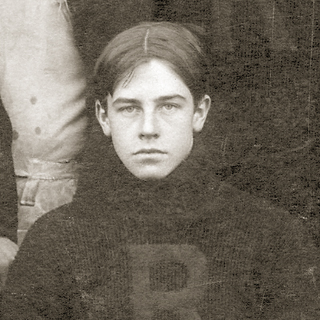
Frederick Walker Baldwin, also known as Casey Baldwin, paternal grandson of Canadian reform leader Robert Baldwin, was a hydrofoil and aviation pioneer and partner of the famous inventor Alexander Graham Bell. He was manager of Graham Bell Laboratories from 1909–32, and represented Victoria in the Nova Scotia Legislature from 1933–37, where he was instrumental in bringing about the creation of Cape Breton Highlands National Park. In 1908, he became the first Canadian and British subject to fly an airplane.

A man-lifting kite is a kite designed to lift a person from the ground. Historically, man-lifting kites have been used chiefly for reconnaissance. Interest in their development declined with the advent of powered flight at the beginning of the 20th century. Recreational man-lifting kites gradually gained popularity through the latter half of the 20th century, branching into multiple sports. In the 21st century man-lifting kites are often used in kitesurfing, where brief launches can be followed by safe water landings and parasailing, where kites are towed behind a vehicle.
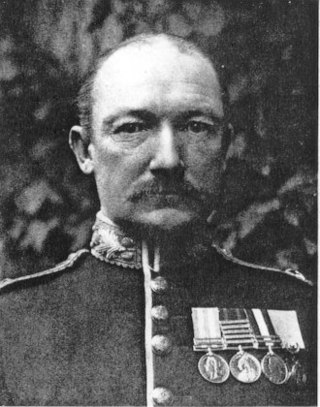
Baden Fletcher Smyth Baden-Powell, was a military aviation pioneer, and President of the Royal Aeronautical Society from 1900 to 1907.
Baddeck, Nova Scotia is a village founded in 1908, with a history stretching back to early Mi'kmaq, French, and British settlements. The village was home to Alexander Graham Bell and was witness to the first flight in the commonwealth with Bell's Silver Dart.
The Canadian Aerodrome Company was the first commercial enterprise in the British Empire to design and manufacture aircraft. The company was formed following the dissolution of Alexander Graham Bell's Aerial Experiment Association. The company was established by Frederick W. "Casey" Baldwin and J.A.D. McCurdy in 1909, with the financial backing of Alexander Graham Bell. The company was headquartered in Baddeck, Nova Scotia at the Kite House at Bell's Beinn Bhreagh estate.
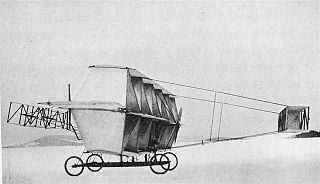
The Oionus I was a tetrahedral triplane built for Alexander Graham Bell. It was the culmination of Bell's experiments with kites built at Baddeck, Nova Scotia. The aircraft's design combined those of the Aerial Experiment Association (AEA)'s AEA Silver Dart biplane and his AEA Cygnet kite. It was Bell's final aviation pursuit and Canada's first and only triplane design. The aircraft attempted a test flight in March 1910, but failed to achieve flight.

Radio antenna kites are used to carry a radio antenna aloft, higher than is practical with a mast. They are most often associated with portable radio systems, usually with pre-World War I field equipment, and were also occasionally used to increase radio range on Naval ships. The use of kite supported antennae was limited because of difficulty in maintaining consistent antenna height, unpredictability of the wind, and improvements in radio antenna, transmission, and reception. During World War II and after they were used in conjunction with survival radios issued to aircraft flying over-water missions.



















